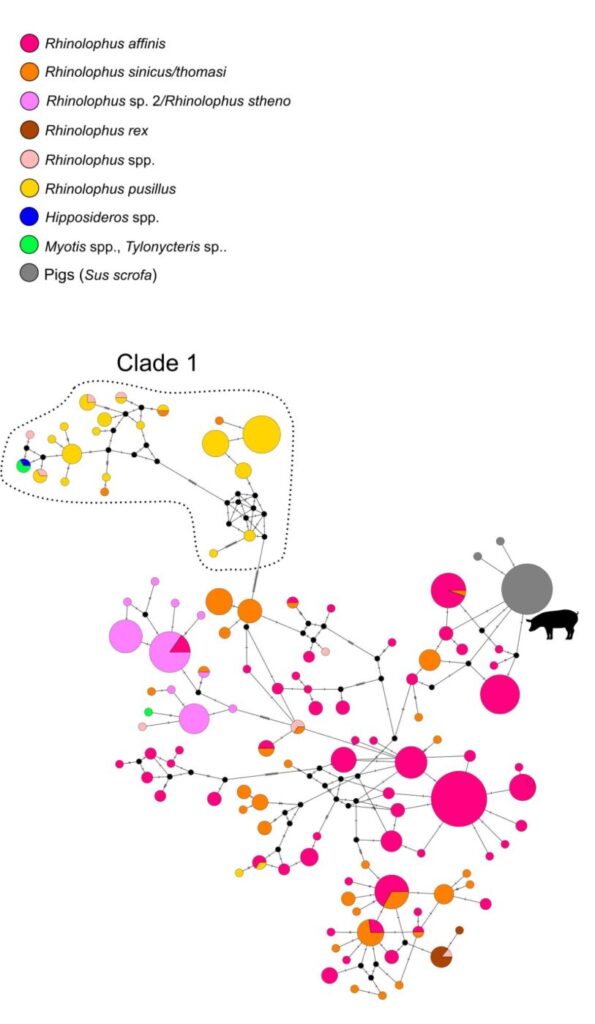Our vision
A future that is resilient to emerging disease threats, supports healthy ecosystems and our own communities, and where we make decisions based on science.
Latest Updates
New paper identifies widespread risk of coronavirus spillover in pigs and people across Southeast Asia and China
By Dr. Peter Daszak |
A new scientific paper from Nature Health Global scientists identifies widespread spillover risk of a group of coronaviruses in China and Southeast Asia. SADS-related alpha-coronaviruses were first identified in 2018 in our breakthrough paper in Nature, as the cause of largescale outbreaks in pig farms
UPDATE! Documentary movie Blame has now won FOUR major awards!
By Dr. Peter Daszak |
“BLAME” – An award-winning documentary movie about science upended in a planet out of balance “Blame” is a documentary movie by the Oscar-nominated, Sundance Festival award winning Swiss Director Christian Frei. The film focuses on three scientists, Dr. Zhengli Shi formerly of the Wuhan Institute
Diversity & Spillover Risk of SADSr-CoVs: Latinne et al. 2025 Supplemental
By Dr. Peter Daszak |
Below is a link to download a pdf of the supplemental figures and table for Latinne et al. 2025 “Diversity and spillover risk of Swine Acute Diarrhea Syndrome and related coronaviruses in China and Southeast Asia”, published in mBio Supplemental_figures_and_table_for_Latinne_et_al_2025 The full paper can







